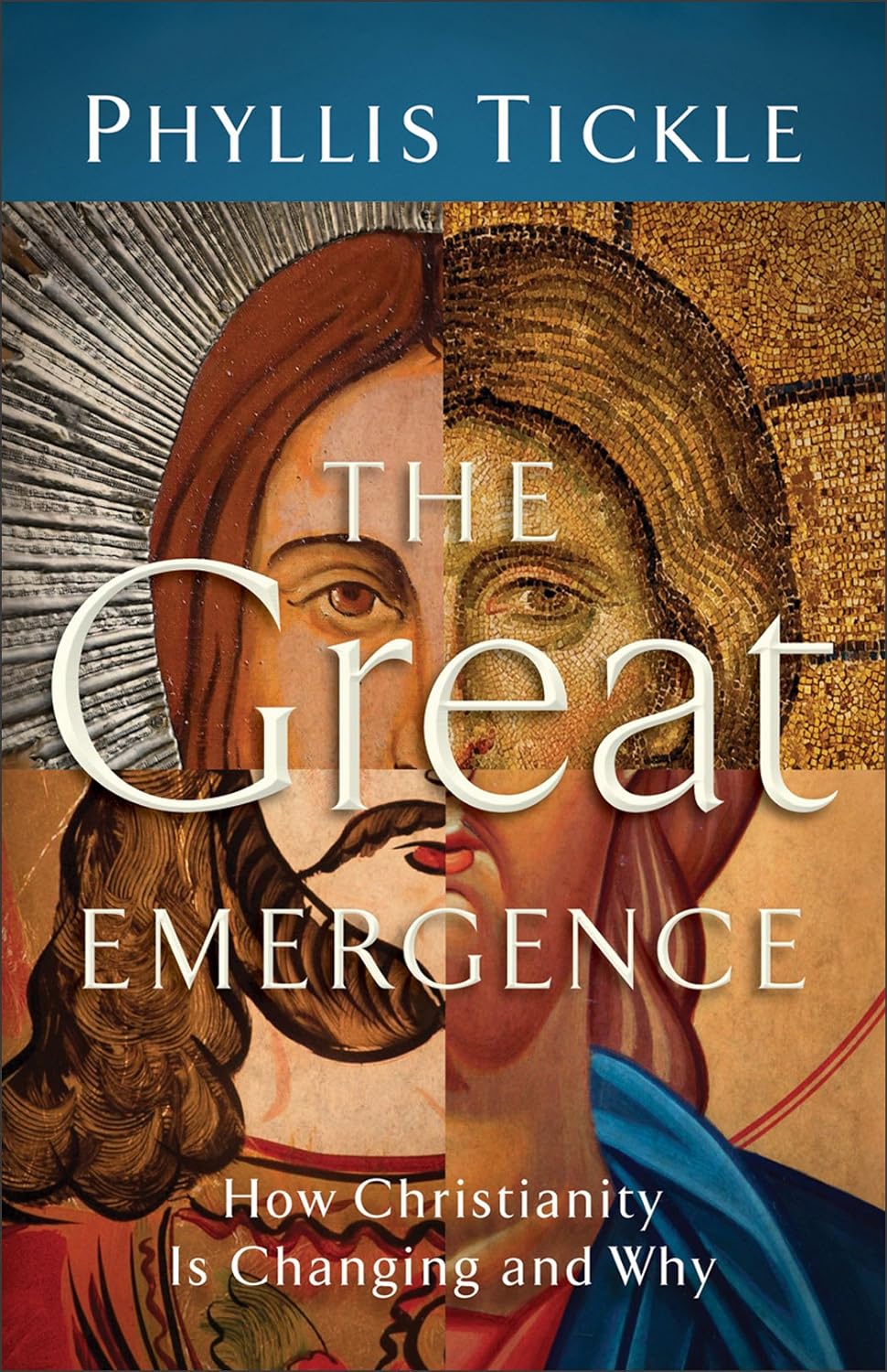The Great Emergence

This book attracted a huge amount of attention when it was published in 2008. Its comments about the Church’s cycle of “great rummage sales” is still one of the most frequently quoted ideas I hear in conversations about church change. This idea appears in the very first pages of the book and seems to be an earworm of an idea for many readers. (The rummage sale idea actually came from the Rt Revd Mark Dyer, which Tickle is very clear about, but this book gets the credit more often than not.) So, for a book that dominated conversation 15 years ago, how do the ideas hold up?
Tickle does a great job of tracing, with very broad strokes, the development of the Church over the past 2,000 years. She points out the times of greatest turmoil and change, which do seem to come in roughly 500 year cycles. She offers several thoroughly modern models for thinking about this process of change and, in the last third of the book, applies these models to make some guesses at where our current period of Church change might take us.
One of the troubles when painting with broad strokes is that details sometimes get lost. There are several historical references in the book that either need more time or, in 2024, seem like glaring omissions. For example, Tickle refers to the influence of the printing press and the Reformations of the Early Modern era as the cause of the spread of Christianity around the world with unprecedented enthusiasm. No mention is offered of imperialism, colonial projects, and the role that the Church’s addiction to the power of empire played. Also curious is Tickle’s repeated observation that the Church is reshaping itself to contend with a postmodern world, but then using entirely modern forms of analysis and description to try and predict what will happen next. One must use the tools available and I have the benefit of 15 years of hindsight since the book’s publication, but this felt like an awkward approach as I was reading.
Much of the conversation about Emergent and Emerging church movements has fallen by the wayside in 2024. There are other books and articles which cover why and how that has happened. The writing in The Great Emergence is accessible and introduces historical patterns in the Church and several important theological concepts. It’s a short book (about 165 pages) with plenty of questions for thought/discussion at the end and some suggested further reading. I think it could make a good introduction to the historic patterns of change in the Church and some of the broad differences between various groups of Christians. I would definitely recommend further reading on all of the topics introduced here to fill in some of the missing details. Though, I suppose I always recommend further reading on every subject, so that’s nothing new.
The Great Emergence is worth a look but is very much a product of its time and the front-burner ideas about Church in the early 2000s and needs to be read with those grains of salt ready to hand.





